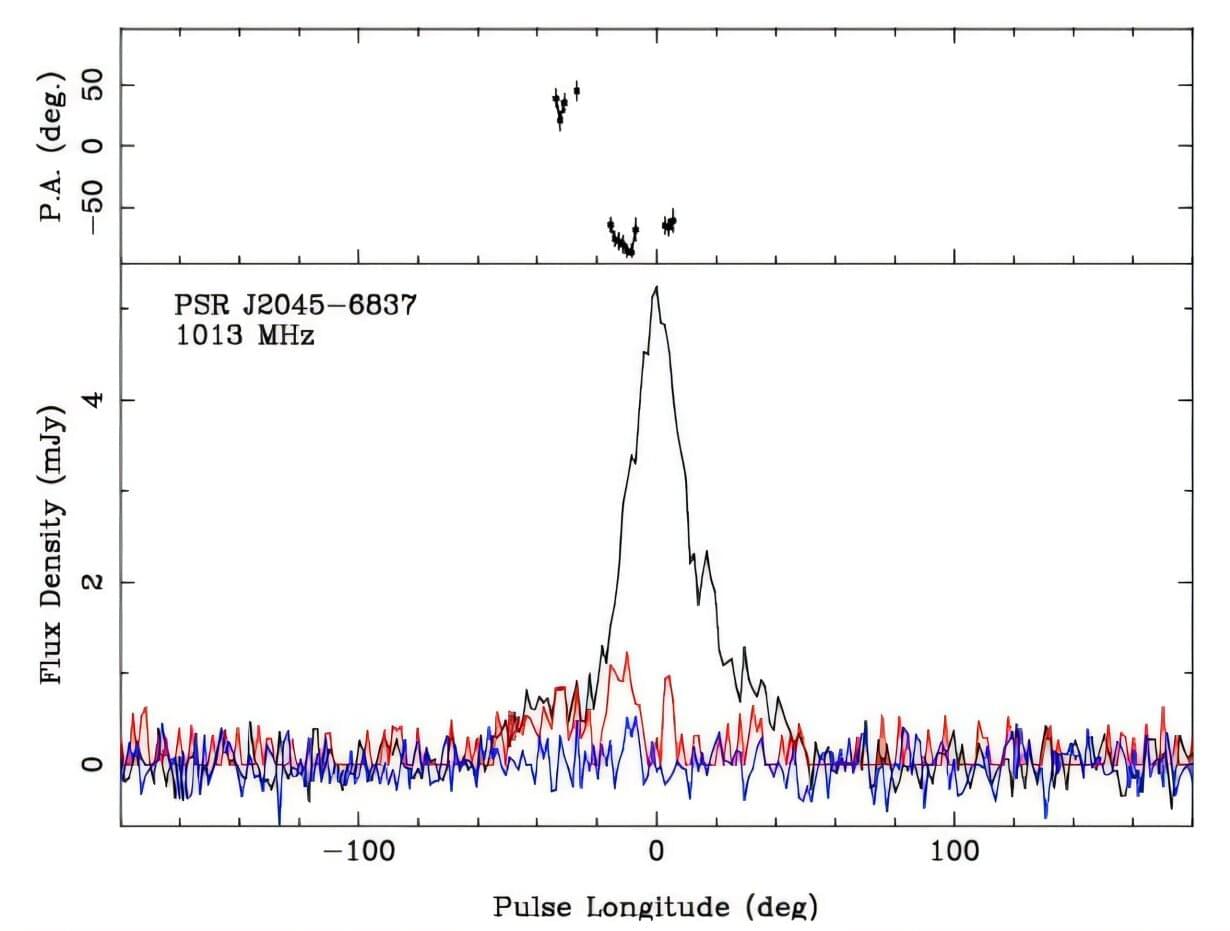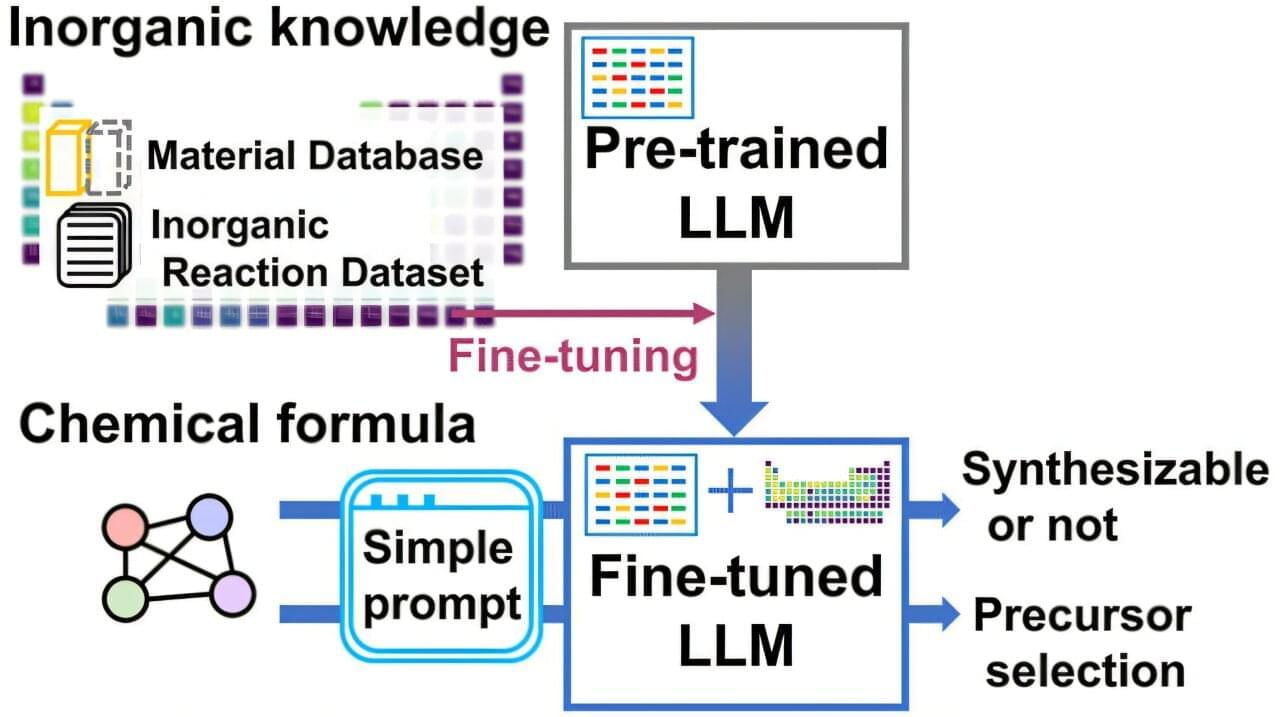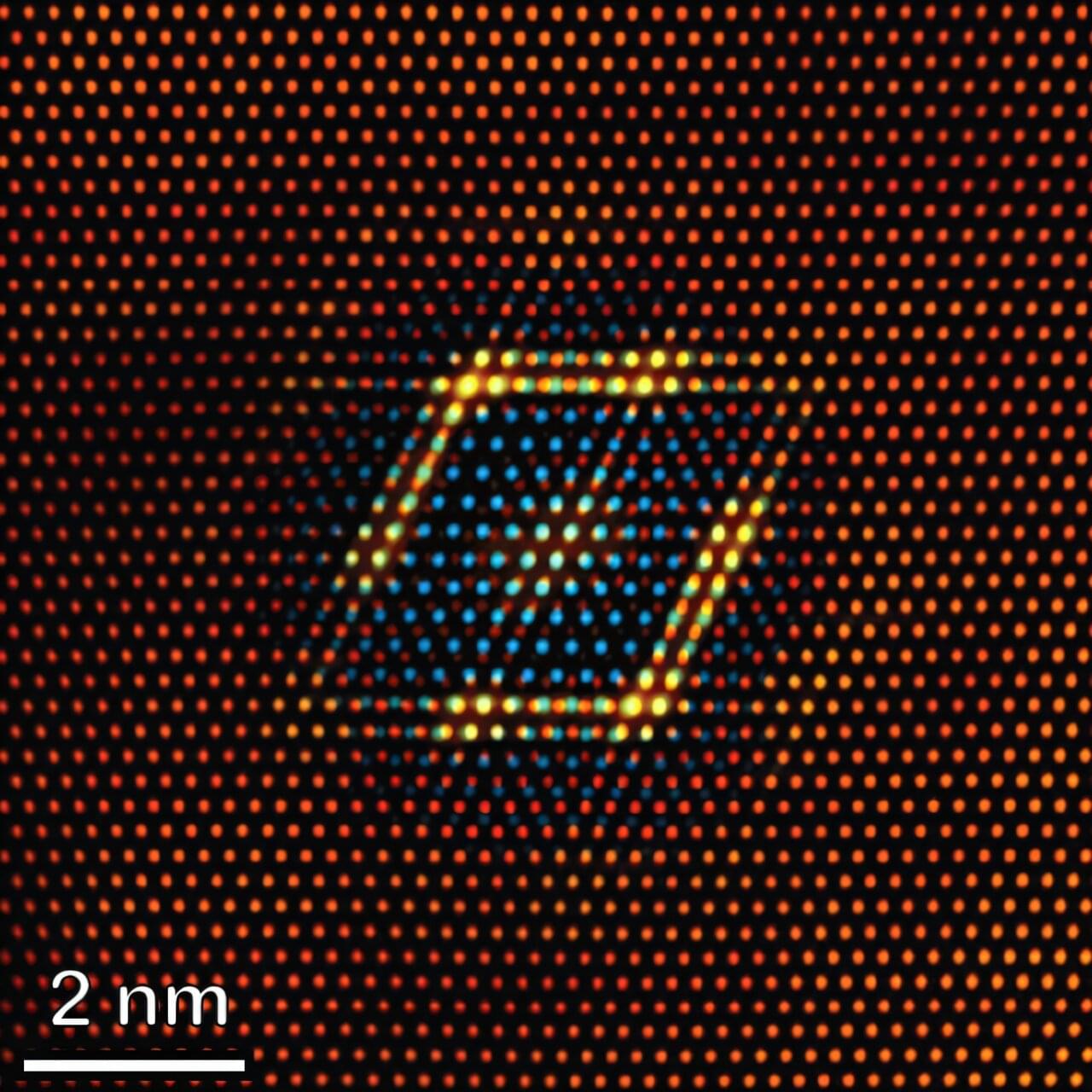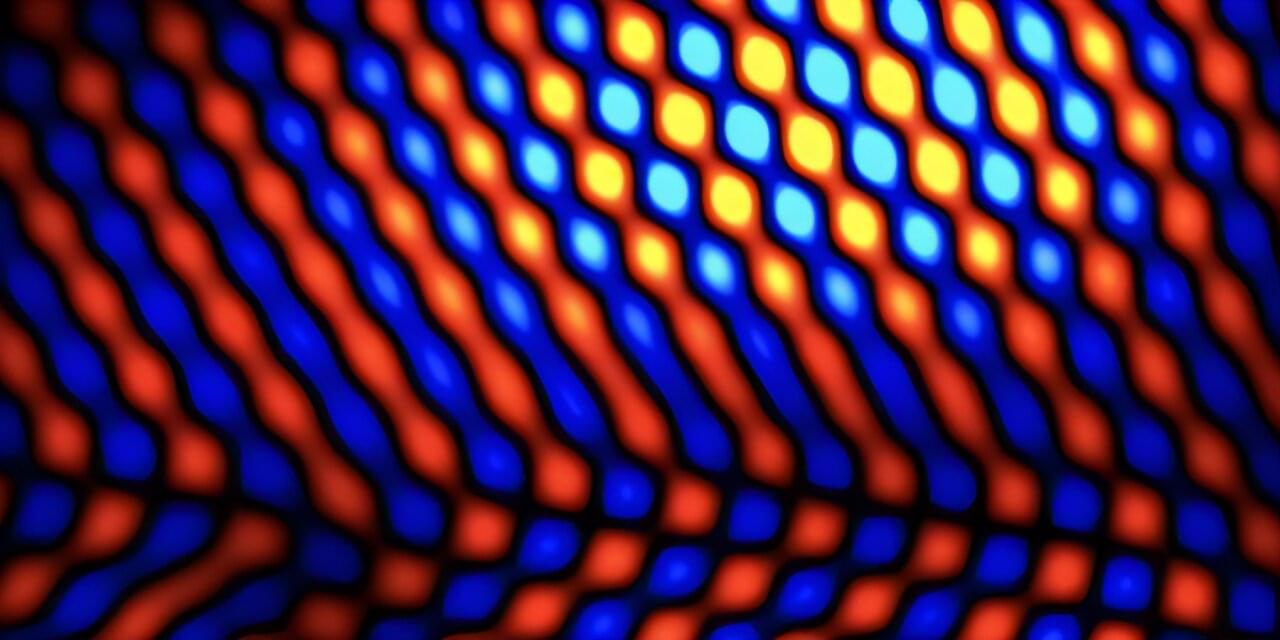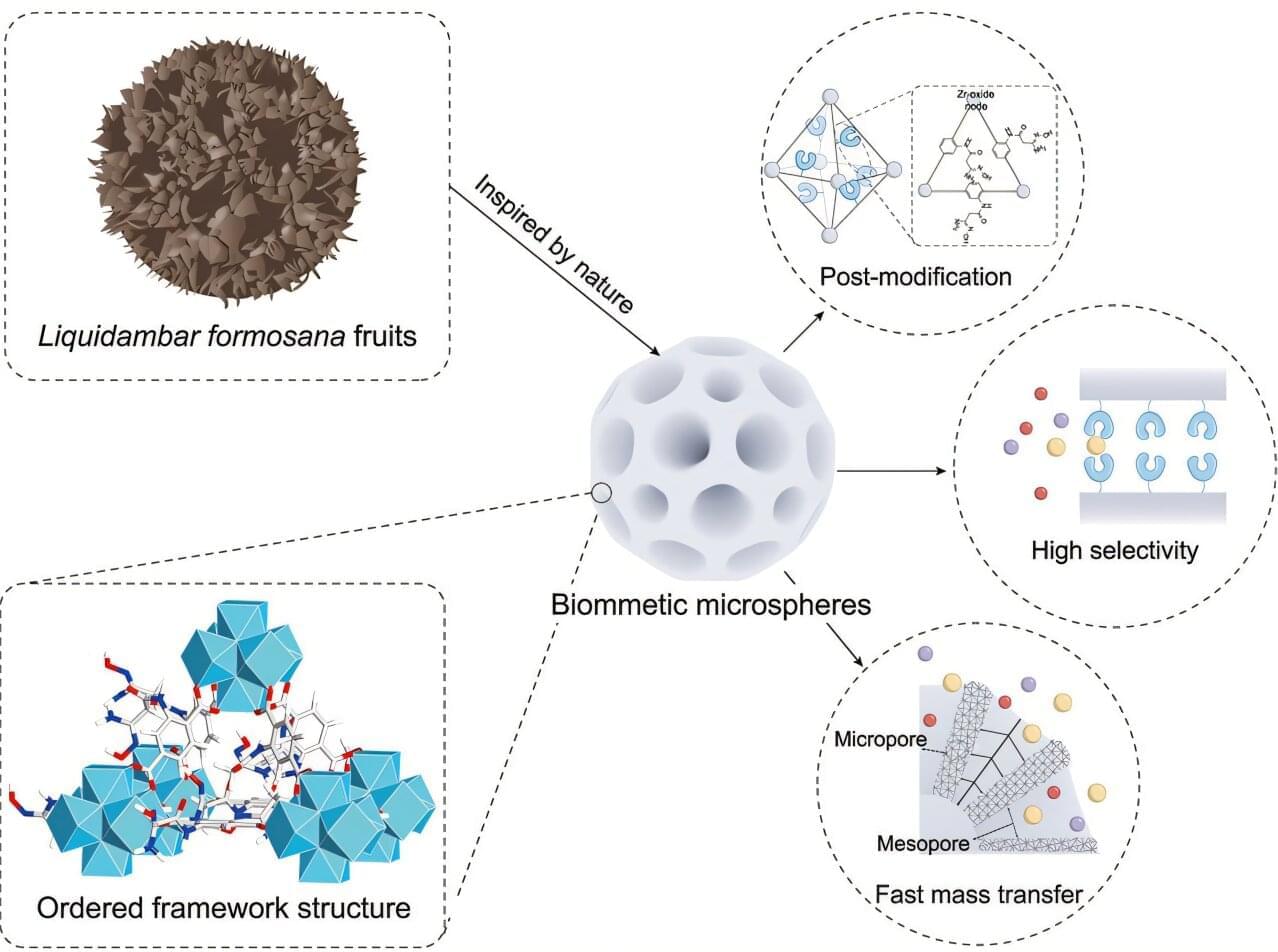An international team of astronomers reports the detection of four new gamma-ray millisecond pulsars using the Murriyang radio telescope at the Parkes Observatory in Australia. The discovery was detailed in a research paper published March 16 on the arXiv preprint server.
Pulsars are highly magnetized, rotating neutron stars emitting a beam of electromagnetic radiation. The most rapidly rotating pulsars, with rotation periods below 30 milliseconds, are known as millisecond pulsars (MSPs). Astronomers assume that they are formed in binary systems when the initially more massive component turns into a neutron star that is then spun up due to accretion of matter from the secondary star.
Now, a group of astronomers led by Matthew Kerr of the Naval Research Laboratory (NRL) in Washington, DC, has detected four new MSPs with spin periods below four milliseconds. The discovery was made using the Murriyang radio telescope as part of the search for gamma-ray sources.
